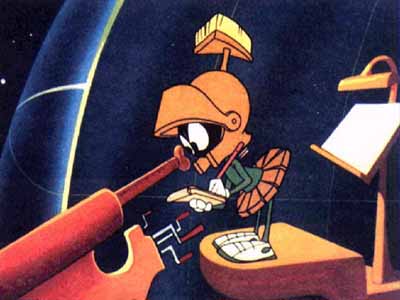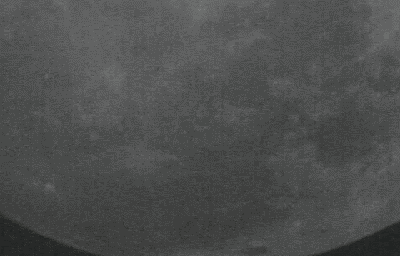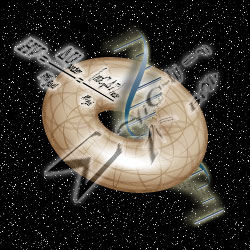Lunar impact caught on video
Wednesday, June 14th, 2006
“Where is the Earth-shattering kaboom?”
The Moon has a brand new crater.
Meteoroids hit the Moon all the time, but on May 2, 2006, two NASA engineers managed to get this best-ever-video of an impact in progress:

Note the flash in the upper right of the image
The explosion released 17 billion joules of kinetic energy. To put that into perspective, when you hit a nail with a hammer, the impact releases about 150 joules. The impact shown above released one hundred million times more energy than that! That’s almost enough energy to run the electricity in your house for two years.
Which sounds impressive enough, until I tell you that the object was only 10 inches across… moving at 85,000 mph.
Image credit & copyright McNamara and Moser, MSFC.
Link
 < - Home
< - Home






